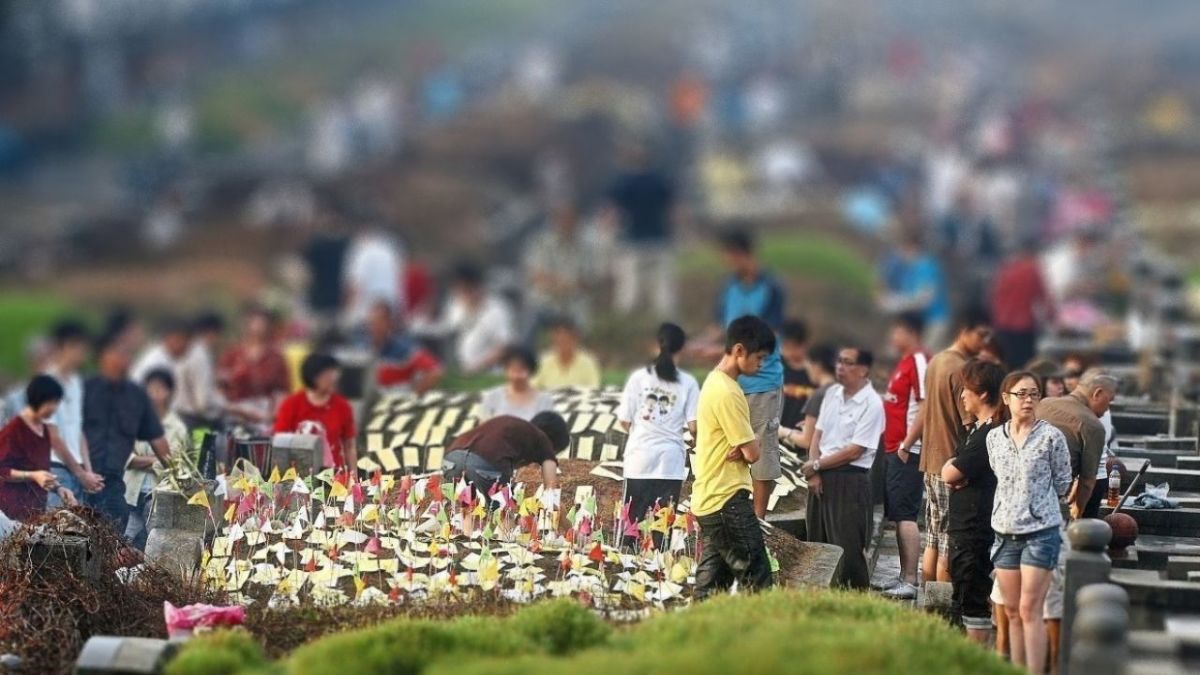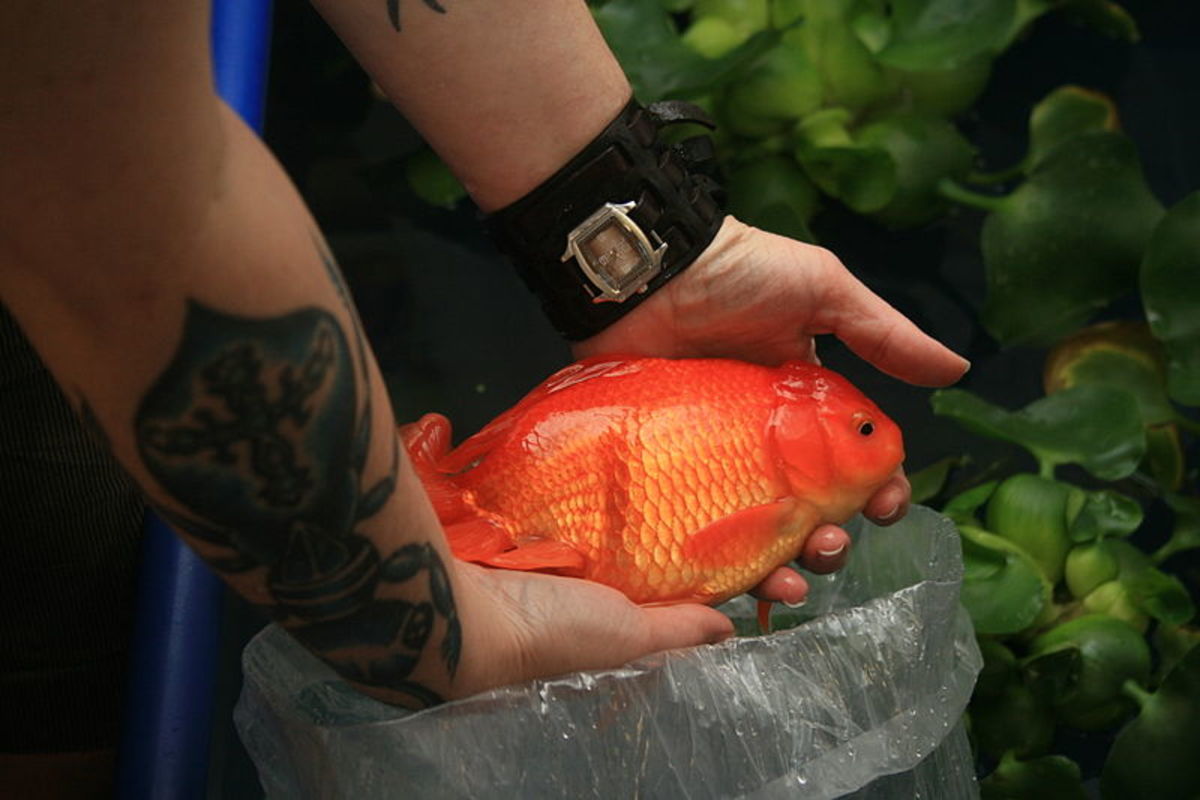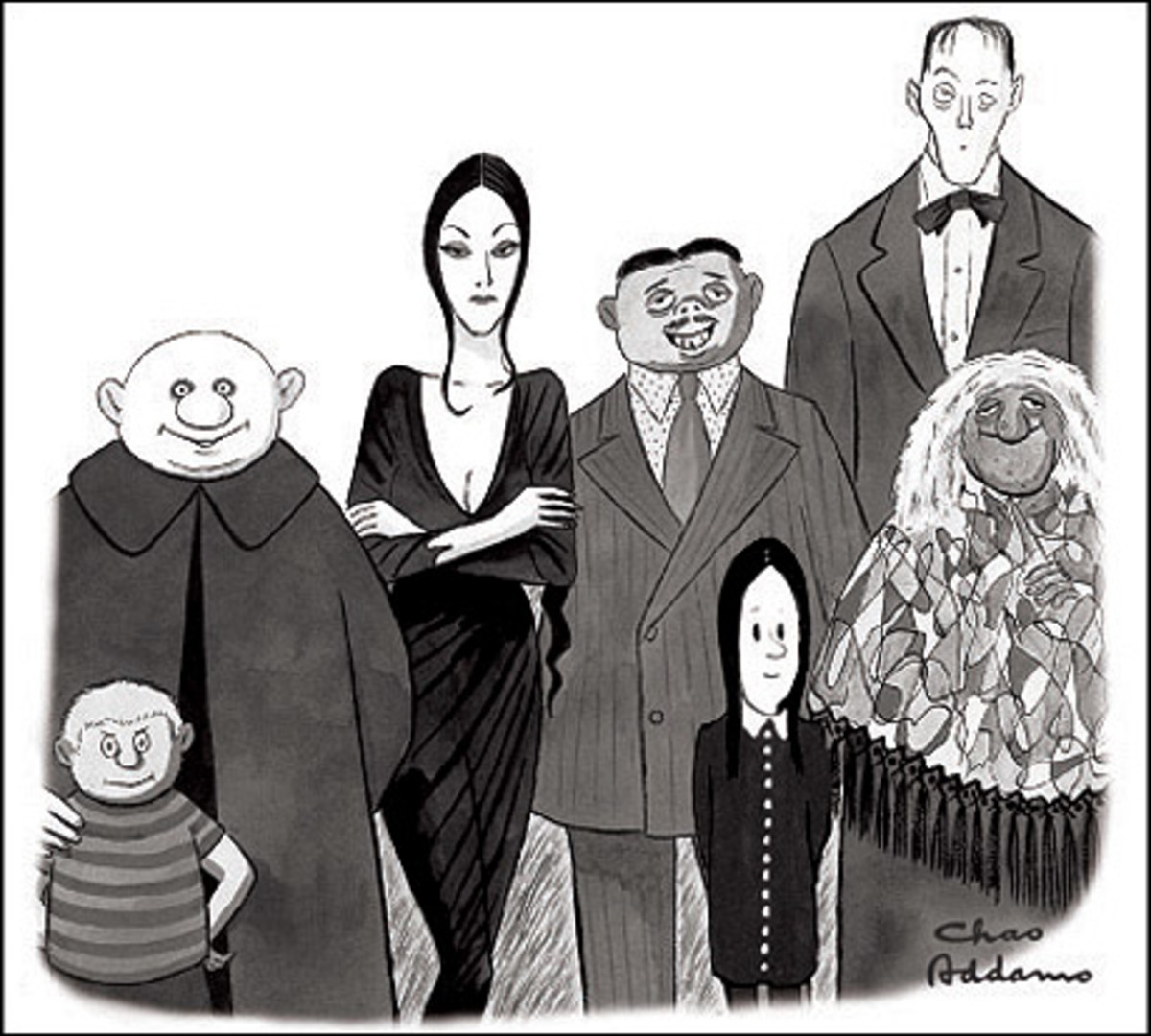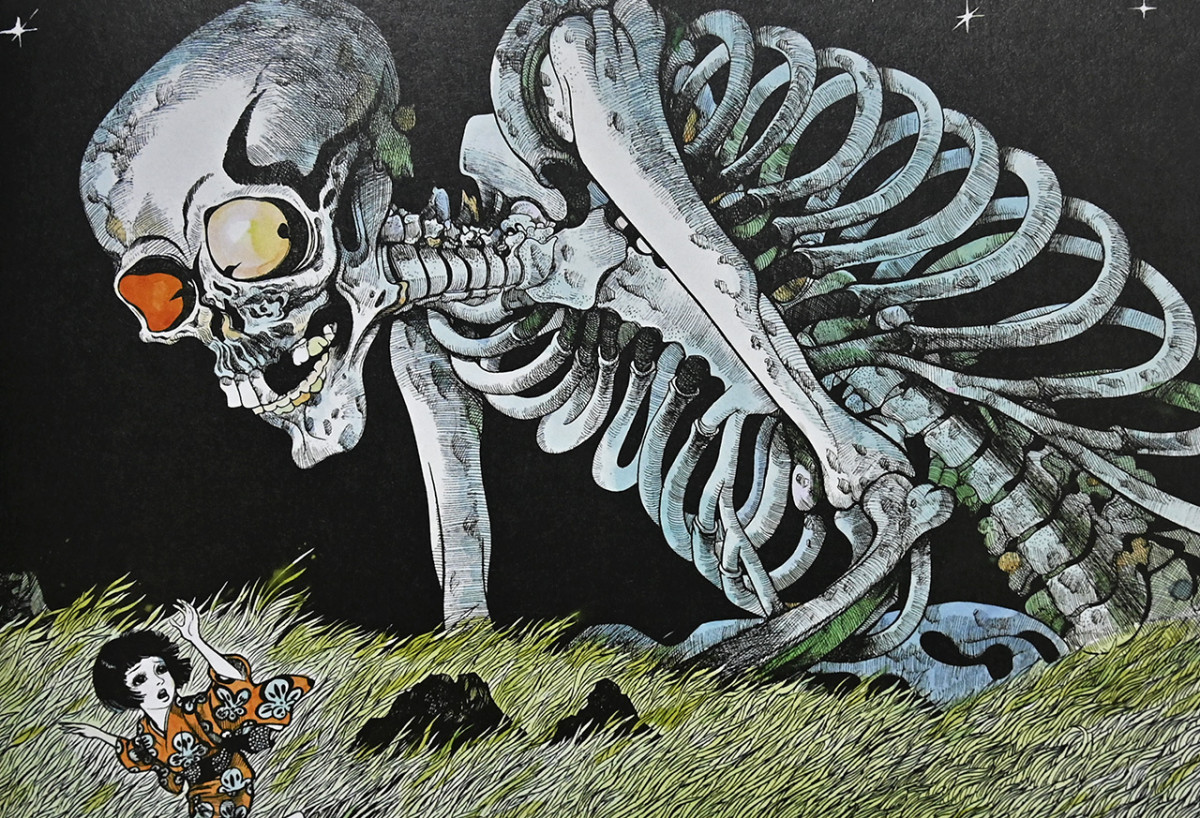The Parsi, and a Macabre Way to Dispose of the Dear - Departed
People may visit but are restricted


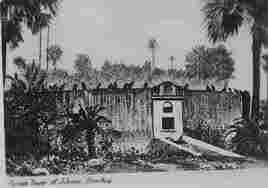
Not enough healthy vultures to dispose of the dead
When the vultures resting in the trees by the Parsi Burial Wall in Bombay (Mumbai) discussed going out to have an Indian, they used to mean just that, not, as in Britain, a nice curry in a local restaurant, but they were off to feast on another body “buried” in Parsi fashion.
I visited the “Towers of Silence,” where the ceremony and disposal takes place back in the 1970’s. There were plenty of the huge, ugly “White Backed Vultures” then. You can’t actually see the birds at work, but you can see them swoop down to a sheltered place behind the Tower walls where the corpse now lies, the white-coated pallbearers having removed the shrouds.
In about 2 hours, the birds made their way back to their roosting spots in the low trees behind the wall. Their work was done and all that was left was a pile of bones ready to be added to the thousands of remains piled up against the wall.
I wrote “used to mean,” in the opening paragraph, because the imposing birds have been decimated by a viral disease, so much so that bodies of the Parsi’s deceased were recently reported as lying until they begin to decay, stinking up the entire neighborhood.
The Parsi, or Zoroastrian religion, is a very ancient one, preceding Islam in Persia and being brought to India by refugees more than 1000 years ago.
Many larger cities in India have practitioners of the religion and, to outsiders, what are rather grisly rites The area in Bombay is called Malabar Hill, and is a secluded and wooded property of some 50 acres.
A fierce discussion is in place with some of the 50,000-strong Parsi’s ranks in Bombay who want the old ways to be abandoned in the interests of dignity and hygiene and a crematorium put in place.
Traditionalists claim to bury or cremate the dead will defile them and insist the old practice continues, perhaps with vultures reared in captivity, until the wild stock recovers from the avian epidemic. One wonders just what they will be fed on while growing to the size needed for their release, and will they be any use by then? After all, the wild vultures must have developed their taste for human carrion from when they were fledglings.
Suspiciously, realtors in the area have been making overtures about developing the site if the tower and walls, etc., are removed. Bombay has a huge space problem and the Parsi site is worth a whole lot of rupees. Not that I would like to own a home there. Did you see the great horror movie, “Poltergeist, where a family moved into a home above an Indian (American) burial ground? I’ll never forget that beast that came out of the TV…or the beefsteak moving like a slug! It might be disturbing to wander onto the balcony and find a huge vulture perched there, one merciless eye on you, reminiscing about the good old days!
Note:
There may be a good deal of horse-sense in disposing of the dead in this manner. I don't know whether plague was a problem in Persia when the custom began, but putting diseased bodies in shallow graves is not as logical as having them devoured in short order by scavengers whose digestive processes would wipe out any human pathogens. There is often more than meets the eye in some of these old customs.

